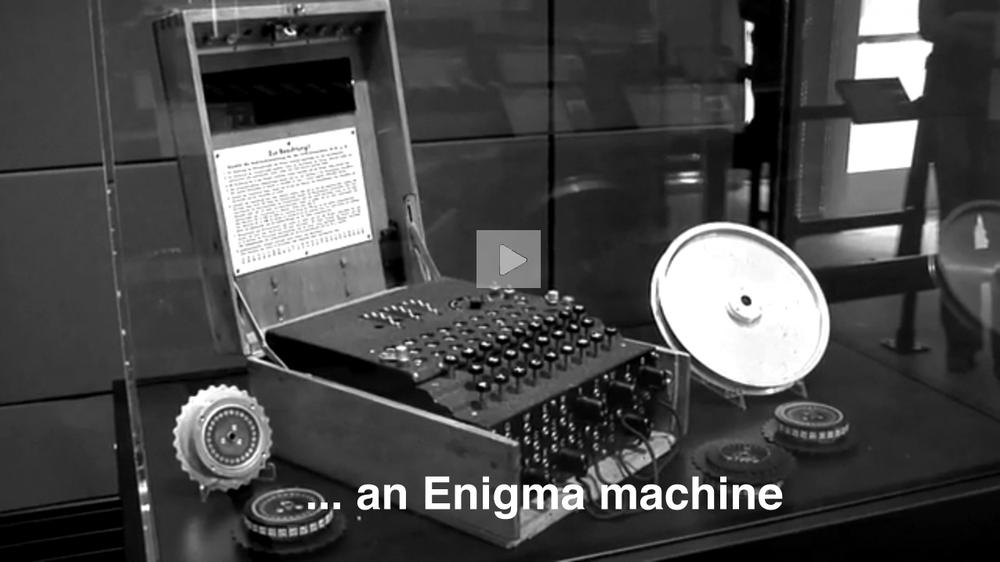Chapter 31. Network Defenses Depend on How Traffic Is Sent

The wind and waves are always on the side of the ablest navigators.
For the network to appropriately handle all the traffic it transmits, it must have some visibility into what that traffic is and understand it to a certain extent. If you paid any attention to the first part of this book, you might think this is a tall order, what with all the different types of applications running over it, all the different types of devices connecting to it, and the ever-spiraling adoption rates. The concept that the network can just be a "dumb pipe" is a relic of the past, although to be fair, "the past" might be as long as you've had your most recent job. The network needs to understand the intent of the transmission so it can deliver service guarantees, provide an experience commensurate with your expectations, and perhaps most importantly, restrict or ideally remove anything malicious or nefarious.
All of which is easier said than done.
Transmitting traffic is complex. As we have discussed earlier, and you have no doubt committed to memory, there are standard, well-established protocols to ensure that each network component can do its part in aiding a predictable transmission across the network. The Transmission Control Protocol (TCP) and Internet Protocol (IP) are a couple of the key underlying protocols used to connect ...
Get The Sustainable Network now with the O’Reilly learning platform.
O’Reilly members experience books, live events, courses curated by job role, and more from O’Reilly and nearly 200 top publishers.

